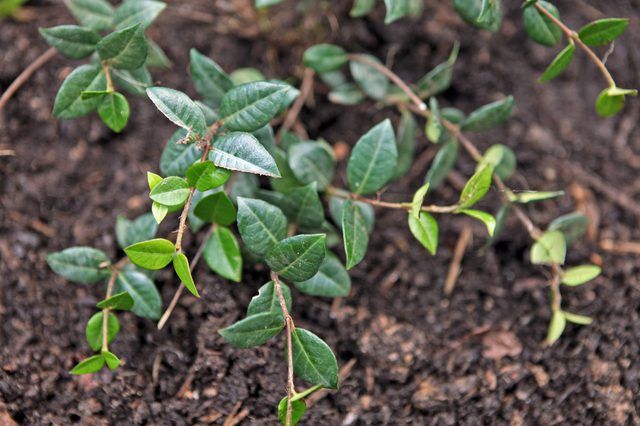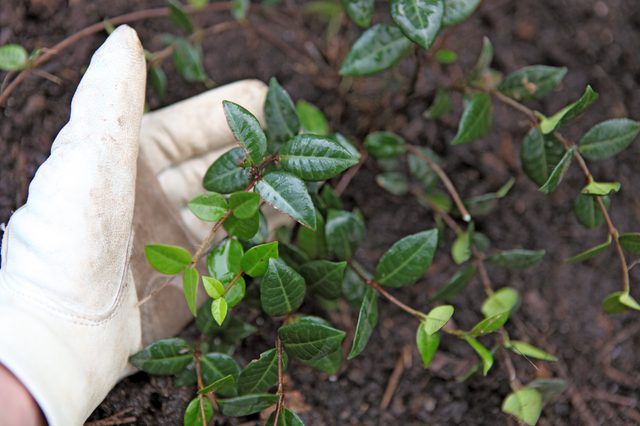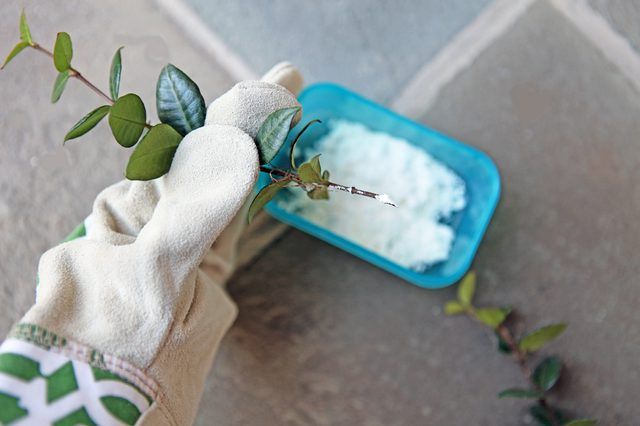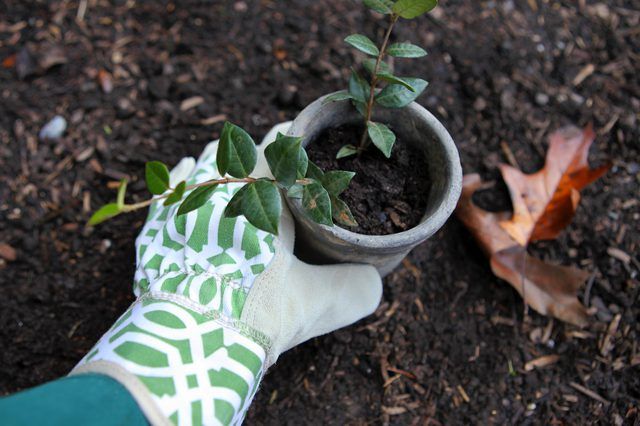Bulbs
Flower Basics
Flower Beds & Specialty Gardens
Flower Garden
Garden Furniture
Garden Gnomes
Garden Seeds
Garden Sheds
Garden Statues
Garden Tools & Supplies
Gardening Basics
Green & Organic
Groundcovers & Vines
Growing Annuals
Growing Basil
Growing Beans
Growing Berries
Growing Blueberries
Growing Cactus
Growing Corn
Growing Cotton
Growing Edibles
Growing Flowers
Growing Garlic
Growing Grapes
Growing Grass
Growing Herbs
Growing Jasmine
Growing Mint
Growing Mushrooms
Orchids
Growing Peanuts
Growing Perennials
Growing Plants
Growing Rosemary
Growing Roses
Growing Strawberries
Growing Sunflowers
Growing Thyme
Growing Tomatoes
Growing Tulips
Growing Vegetables
Herb Basics
Herb Garden
Indoor Growing
Landscaping Basics
Landscaping Patios
Landscaping Plants
Landscaping Shrubs
Landscaping Trees
Landscaping Walks & Pathways
Lawn Basics
Lawn Maintenance
Lawn Mowers
Lawn Ornaments
Lawn Planting
Lawn Tools
Outdoor Growing
Overall Landscape Planning
Pests, Weeds & Problems
Plant Basics
Rock Garden
Rose Garden
Shrubs
Soil
Specialty Gardens
Trees
Vegetable Garden
Yard Maintenance
How to Grow Jasmine from a Cutting
How to Grow Jasmine from a Cutting. Softwood cuttings from cultivars of common jasmine (Jasminium officinale, also called Jasminium grandiflorum) and other jasmine species can be rooted in spring and summer. Common jasmine will grow in U.S. Department of Agriculture plant hardiness zones 8a through 10b. You can grow softwood or hardwood cuttings,...
Softwood cuttings from cultivars of common jasmine (Jasminium officinale, also called Jasminium grandiflorum) and other jasmine species can be rooted in spring and summer. Common jasmine will grow in U.S. Department of Agriculture plant hardiness zones 8a through 10b. You can grow softwood or hardwood cuttings, taken from mid-autumn to late winter, from cultivars of winter jasmine (Jasminium nudiflorum). Winter jasmine will grow in USDA zones 6a through 9b.

Take softwood cuttings in early morning while the stems are still plump with moisture. Cuttings from new growth, non-flowering shoots, young plants and stem tips root more easily. Concentrations of hormones needed to stimulate growth are located just below leaf nodes, the best place to sever the stem. Dip a sharp, thin knife blade or sharp pruning shears into 1 part bleach to 9 parts of water. Remove a 4- to 6-inch-long cutting, leaving a small strip of tender bark or soft skin at the bottom. This is called a "heel." Strip the leaves from the bottom one-third to one-half of the cutting. Store the cuttings in wet paper towels, a dark plastic bag or an ice chest until you plant them. If you anticipate a delay, put the cuttings in a plastic bag and store it in a refrigerator.

Rooting hormone will help your cutting develop roots. You can buy a rooting hormone in powder form, usually IBA (indolebutyric acid) or NAA (naphthaleneacetic acid), at most garden supply centers. Put a small amount of hormone in a separate container and dip the bottom 1/2 inch of your cuttings, including the heel, in that. Tap off the excess. Using too much or hormone may burn the base of your cuttings.

Moisten a growing mix of 1 part sand and 1 part peat or 1 part perlite and 1 part vermiculite. Insert the cuttings one-third to one-half their length in the mix with the cut pointed down and the tip pointed up. Allow enough space between multiple cuttings so that all their leaves receive sunlight. Cover the cuttings with plastic bags and place them somewhere warm and out of direct sunlight. Keep the potting soil moist and remove the bags for 10 minutes twice a week for six to 10 weeks as the roots develop. If you use translucent plastic rooting containers, you can see the roots develop. Gradually increase the ventilation and sunlight for two weeks, then plant the rooted cuttings in their permanent location.

Just after the leaves drop in autumn or just before the buds begin to grow in spring, fill a deep container with 1 part coarse sand to 1 part compost. Sterilize your knife blade as you would for removing a softwood cutting. Select wood grown in the current year. Make a sloping cut above a bud and below the stem tip of a 6- to 12-inch cutting. Dip the lower end of the cutting in rooting hormone. Stick two-thirds of the cutting into the container. Place the container in a sheltered site and keep the soil moist. The cutting should develop roots and be ready for transplanting by the following autumn.
